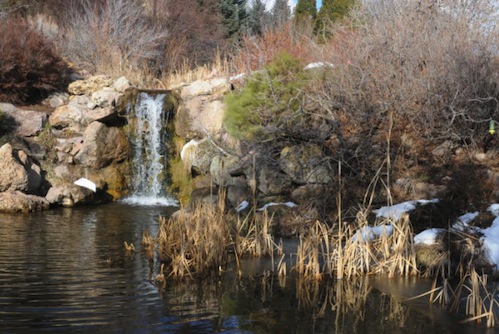
In 1848, a year after the arrival of Mormon pioneers, the quarrying of red sandstone began in Red Butte Canyon and continued for nearly a century. The perennial stream was used by farmers for irrigating crops until Fort Douglas was established near the mouth of the canyon. The Army relied on springs for its water supply until the 1870s, but needed additional water, so it built several reservoirs to divert water from the creek. By 1890 Congress passed a law enabling the Army to have control of the creek water.
The current reservoir, built in 1930, is now part of the Research Natural Area. The Army declared the Fort and adjacent lands surplus in 1969, and the U. S. Forest Service assumed responsibility for the creek and canyon. In 2004 the ownership and management was transferred to the Central Utah Water Conservancy District. There is no public access to the creek and canyon because it is a Research Natural Area.
Under Federal protection as a Research Natural Area and as a protected watershed, Red Butte Canyon allows scientists to attempt "to understand the dynamics of ecological systems and man's impact on ecological processes."*

Garden Park L. D. S. Ward
Miller Park
Red Butte Canyon
Sunnyside Park
